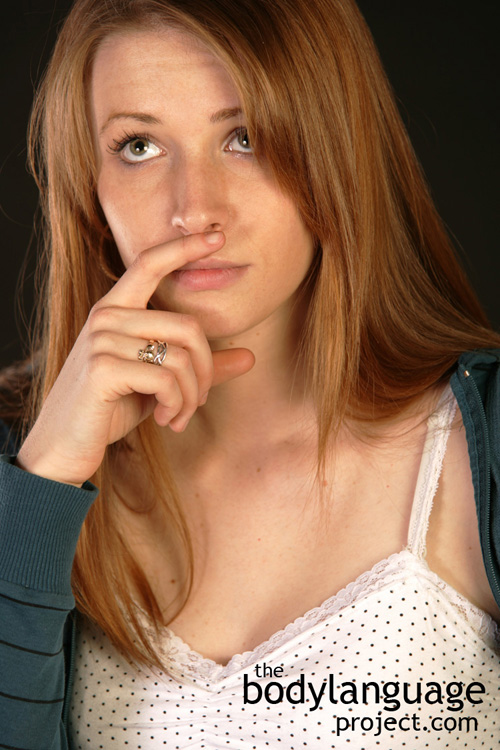We have always been told to put our best foot forward but it might be more advantageous to always put our best side forward instead. But what side really is our best? Is there really even a best side? You might be surprised to note that our faces do in fact have a good and bad side and it’s based on perspectives or how our minds view things. All but the most beautiful of people have some asymmetry in their faces. Meaning the left side of their face is not an exact mirror image of the right. For example, the eyes and mouth aren’t usually perfectly parallel, one eye might open wider than the other, we may have one check bone set higher than the other and so on.
To determine which side of your face is your best, begin by running a line from one eye to the other and then run a second line across the centre line of the mouth horizontally. Obviously this is best done with a still print photograph with the face head on. Having drawn our lines we now need to explain our findings, and to do so we draw from how we view perspective, landscapes in particular. Take any landscape drawing or photograph and note that as we look “into” the photograph, distant lines converge on each other, producing the effect of appearing smaller. Objects nearby, that appear larger, have lines that diverge. Objects that appear close also seem to slop or drop as they near us, again giving us the impression that they are larger. Obviously, in reality, objects neither increase nor decrease in size as our distance to them changes, it is merely a function of perspective.
Our best side therefore, is the side which lends itself best according to the rules of perspective. When we look at a face at any other angle besides head-on, the best view will be that which has the greatest distance between the edge of the mouth and the corner of the eye since it produces the proper effect in lieu of distance and perspective. We expect to see a wider gap nearest us which then narrows as it moves away. Our mind prefers to see the distant eye as actually being further away and one of the ways it perceives this is for the line created through the center of the mouth and the line created through both eyes to converge, otherwise it becomes confused. This confusion is perceived as being less attractive. The greater the angle between the mouth and the eye, the stronger is the effect producing an even greater difference between a person’s good and bad side, since the effect is amplified. Naturally too, symmetrical faces will have no best or worst side as it pertains to perspective since either side will produce this correct effect.
Having this knowledge, take the time to examine your face to determine which side has the greatest separation from eye to mouth and when in conversations or in photographs be sure to orient that side toward the camera or toward your company. The effect might be subtle, but if you are posing for an important photograph or planning an important meeting, or auditioning for a movie role, it just might make your face that much more memorable.

